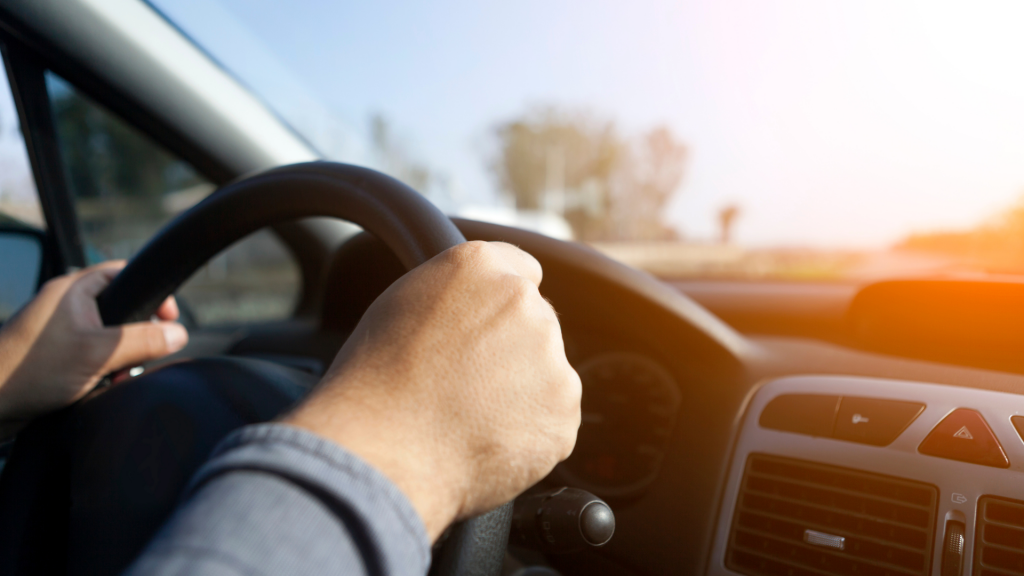Learning to drive can be a daunting task, but it’s also a very rewarding one. Once you’ve found the perfect Driving School and you learn the basics, you’ll be able to explore all kinds of new possibilities in your car. As you start to really drive you’ll be able to build on your driving skills as well as find the best way to drive safely so you’re obeying the road rules and driving in various conditions like a pro.
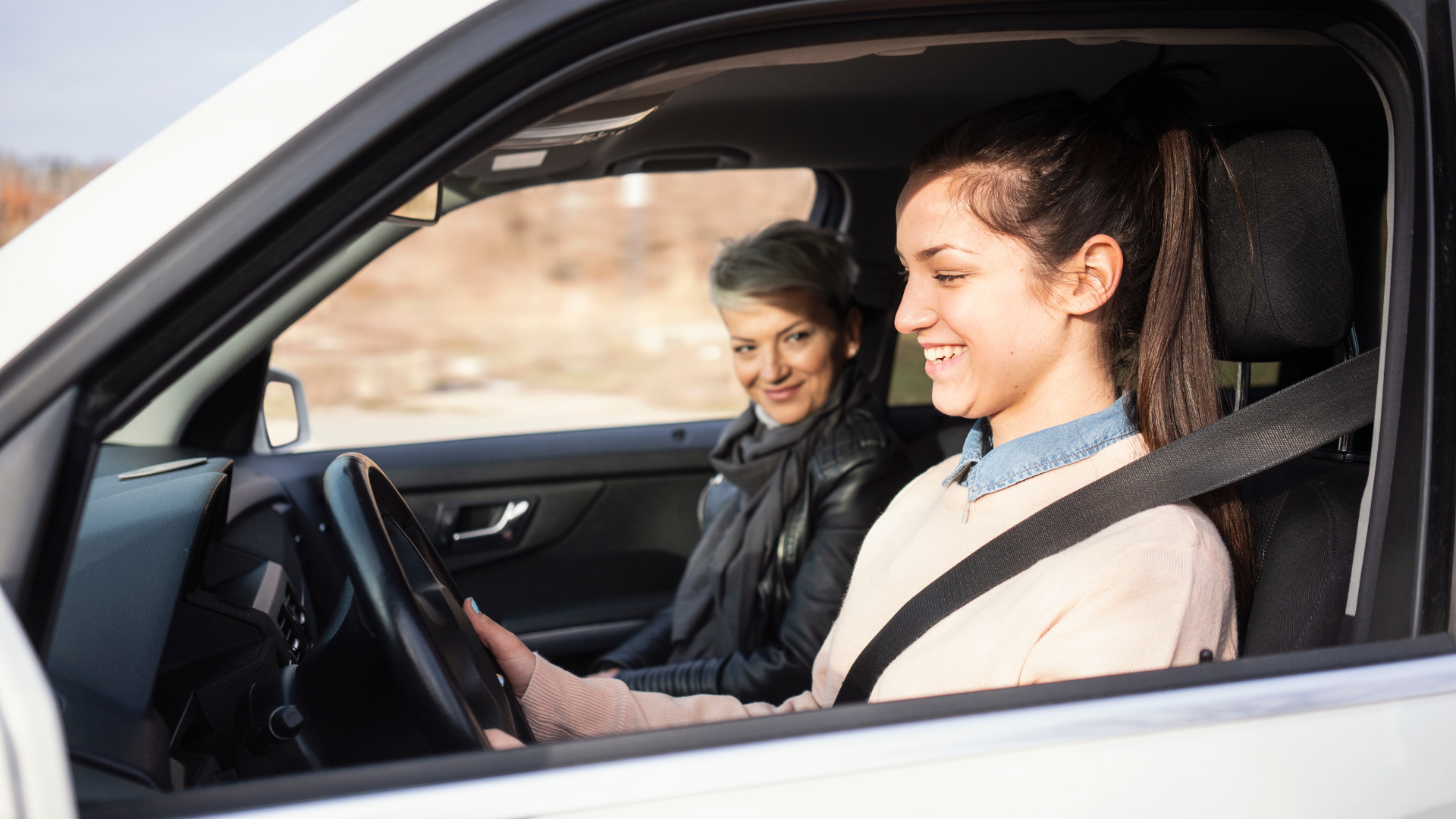
Is driving hard?
Some people may be worried about getting behind the wheel if they feel like it is too hard, or they don’t feel confident being in charge of a vehicle. This can hold them back, but it is important to remember –
- Your driving instructor is here to help you, they won’t put you in a situation they don’t feel like you can handle.
- You are learning, no one expects you to pick it up immediately.
- There are simulations you can look into to help with practice.
- Going out with a family member on some quiet streets or country roads can help with technique and confidence.
- You should be able to speak to your driving instructor if you are experiencing anxiety about driving so you can talk through techniques.
- You are doing this for your own reasons – independence, mobility, opportunities, so keep that in mind when you are on the road.
You’ll have your own points to remember why you started learning how to drive, but at the end of it all, you are putting this effort in to pass your driving test and get on the road so you can start a new chapter in your life. Put both hands on the steering wheel, a foot over the brake pedal, and the other on the gas, and see where it takes you. Before you know it you’ll be making your way down the highway on holiday.
What you need to know before learning to drive
Before getting behind the wheel of a car and learning to drive, there are some things to think about ahead of time.
You need to be at least 16 years old
Depending on the state you are in, you will need to be at least 16 years old before learning to drive, however, you can pick up a learner’s permit in states such as Alaska, Arkansas, Iowa, and Kansas, as well as North and South Dakota.
It’s okay to wait
It is a major event in a teenager’s life to start learning to drive, so it is important that you feel ready to get on the road. If you aren’t happy to just yet, you don’t have to straight away. It can take some time for people to feel comfortable driving. Take it at your own pace.
You need to have a valid learner’s permit
Also known as a driver’s permit, learner’s license, or provisional license, a learner’s permit is classed as a restricted license that you use when you are learning to drive before you are able to get a full driving license.
Being accompanied
With anyone learning to drive, you need to be accompanied by someone in the passenger seat who has a full license when out on the roads. You are not allowed to drive by yourself as this is breaking the law and could cause points on your license before you have even been able to pass your test. Make sure you are accompanied as you are a ‘student’ who needs guidance.
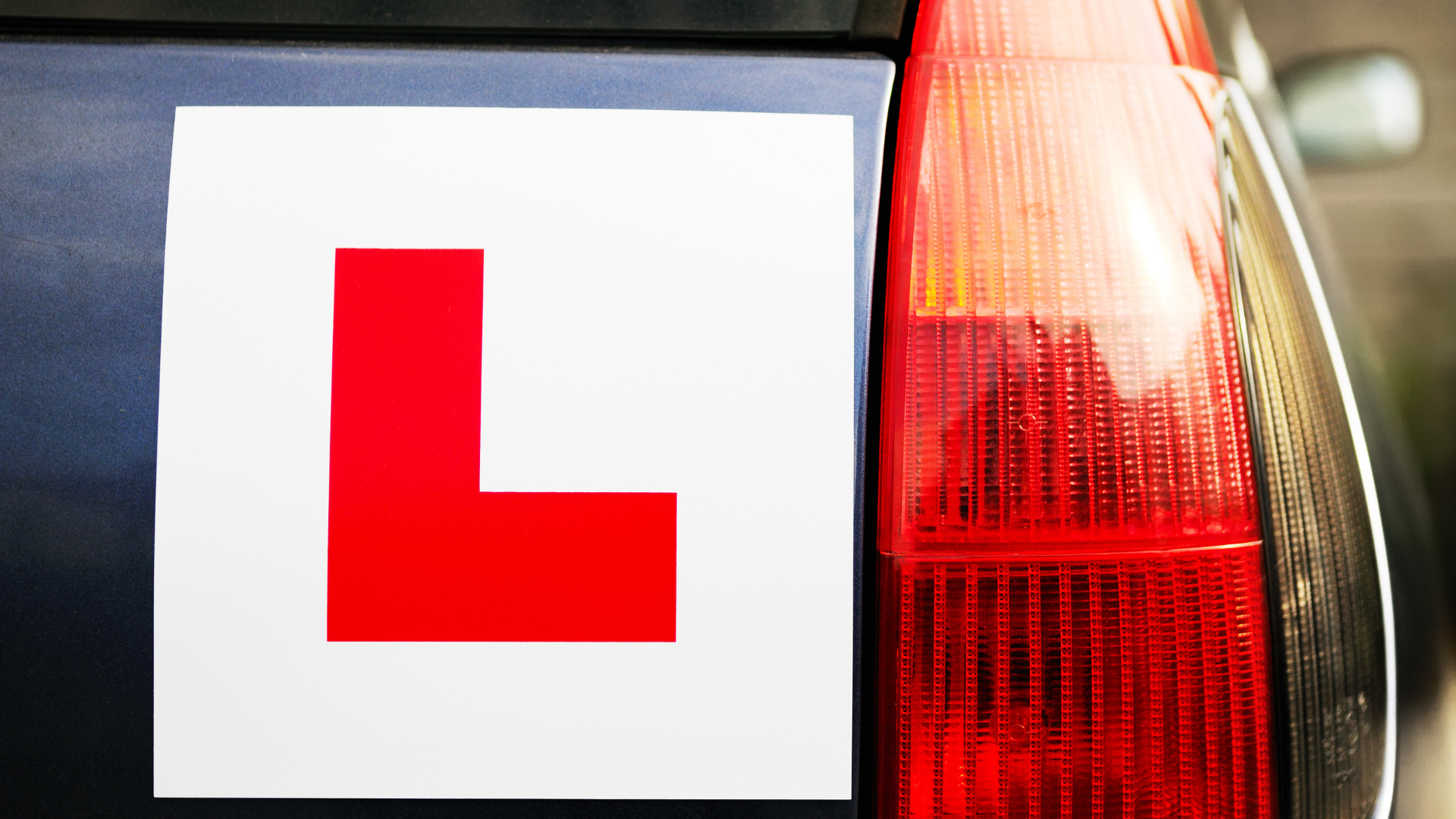
You need to be able to pass a vision test
Your eyesight needs to be good enough to drive so you can be safe on the roads and notice any potential incidents. Websites such as iru.org have stated that drivers in the United States need to have 20/40 vision or higher, however, it does vary between states.
Failing your vision test
If by some chance, you fail your vision test, then you will need to go for an eye exam to see if there is an issue with your eyesight and if that can be rectified through glasses/contacts. If it is something serious like glaucoma or cataracts, then you may not be able to drive until you get that fixed. One way to do so is to opt for laser eye surgery from clinics similar to those which offer cataract surgery melbourne or wherever you are based. Those who undergo the surgery and get their vision rectified can be eligible to take the driving test. Chances are that they would pass with flying colors and get their driving license.
You need to be able to pass a written knowledge test
It is important that with your written exam you pass it by a certain margin to get one step closer to your driving test and getting your driver’s license. The written test covers information found in the Drivers License Manual –
- Road rules
- Traffic laws
- Signs
- Fines
- Safe driving practices
So make sure you are aware of them and you go over these key points time and time again before your test to make them stick in your mind.
You need to be able to pass a driving skills test
When you are on your driving test you will be tested on different skills that you will need to practice continuously in your driving lessons, as any could come up, so it is essential you know them all and how to do them well.
- Driving through an intersection
- Three-point turns
- Changing lanes
- Driving on a freeway
- Backing up
- Parallel parking
Your driving instructor will help you practice these maneuvers in your driving lessons before your road test so you have a good chance of getting your driver’s license. Whether you are learning with an automatic transmission or a manual transmission, you will need to show that you can handle the car when driving so they are happy with your road safety.

You need to be able to obey all traffic laws
In every country there are traffic laws that have to be stuck to, to ensure safe driving practices. There are basic laws that everyone driving in the U.S should know, such as driving on the right side of the road, white lines separate the traffic in the same direction, whereas yellow lines separate traffic in opposite directions, stop for police when indicated to do so, and so on.
Not sticking to the road rules
If you do not stick to the road laws, then there will be serious repercussions. You could face fines or even jail time depending on the severity of the traffic violation. More critically, unsafe driving habits that break traffic laws frequently lead to accidents. Speeding, running red lights, or distracted driving dramatically increase the odds of colliding with pedestrians. If you injure or kill a pedestrian due to violating a traffic law, the injured party or their family can sue you for compensation. And pedestrian accidents need a specialist attorney who can gather evidence against you and represent their clients in court. Hence, it is necessary to prioritize adherence to traffic laws, not only to avoid legal consequences such as fines or imprisonment but, more importantly, to contribute to public safety.
When you initially learn how to drive, you may be stressed as it is the first time you are on the roads. You need to understand that these things happen and you have to be aware of what to do when in a stressful situation, like seeing a bad accident as you are driving or being in a car for many hours.
What to do
Noticing what you are feeling and dealing with it in a timely manner is important. If you see an accident and it makes you scared, pull over in a safe area and take some deep breaths, understand that whilst it is upsetting these things do happen, however, if you are vigilant on the roads and watch how you handle your car, you will be safe. Drive defensively not angrily, you’re in charge.
You need to be able to react quickly and responsibly in emergency situations
If you are driving and an emergency were to happen on the roads you need to know how to handle it efficiently.
Tire blow-out
Both hands on the steering wheel, keep going but start to slow down, that doesn’t mean pressing the brake pedal, but rather taking your foot off the accelerator and moving the car into a safe spot whilst indicating to other drivers.
Stuck Accelerator
Keep your eyes on the road and put on your emergency lights to tell other traffic on the road that you are experiencing problems. Try touching the accelerator a few times to see if it will pop back up. Apply the brakes and put the car into neutral to help the car slow down, do not take your foot off the break. When you finally stop, turn your car off and look around to see if you are in a safe space.
Severe weather
When there are extreme bouts of weather like hail, rain, snow, etc. it can be harder on the roads, so it is important to make sure that you plan beforehand, however, sometimes that doesn’t happen and it comes on quickly.
Always make sure you are a reasonable distance from the car in front as there is a chance of hydroplaning which you want to avoid. If it was to happen, take your foot off the accelerator and let the vehicle slow by itself, do not slam the brakes down as that will cause you to potentially crash.
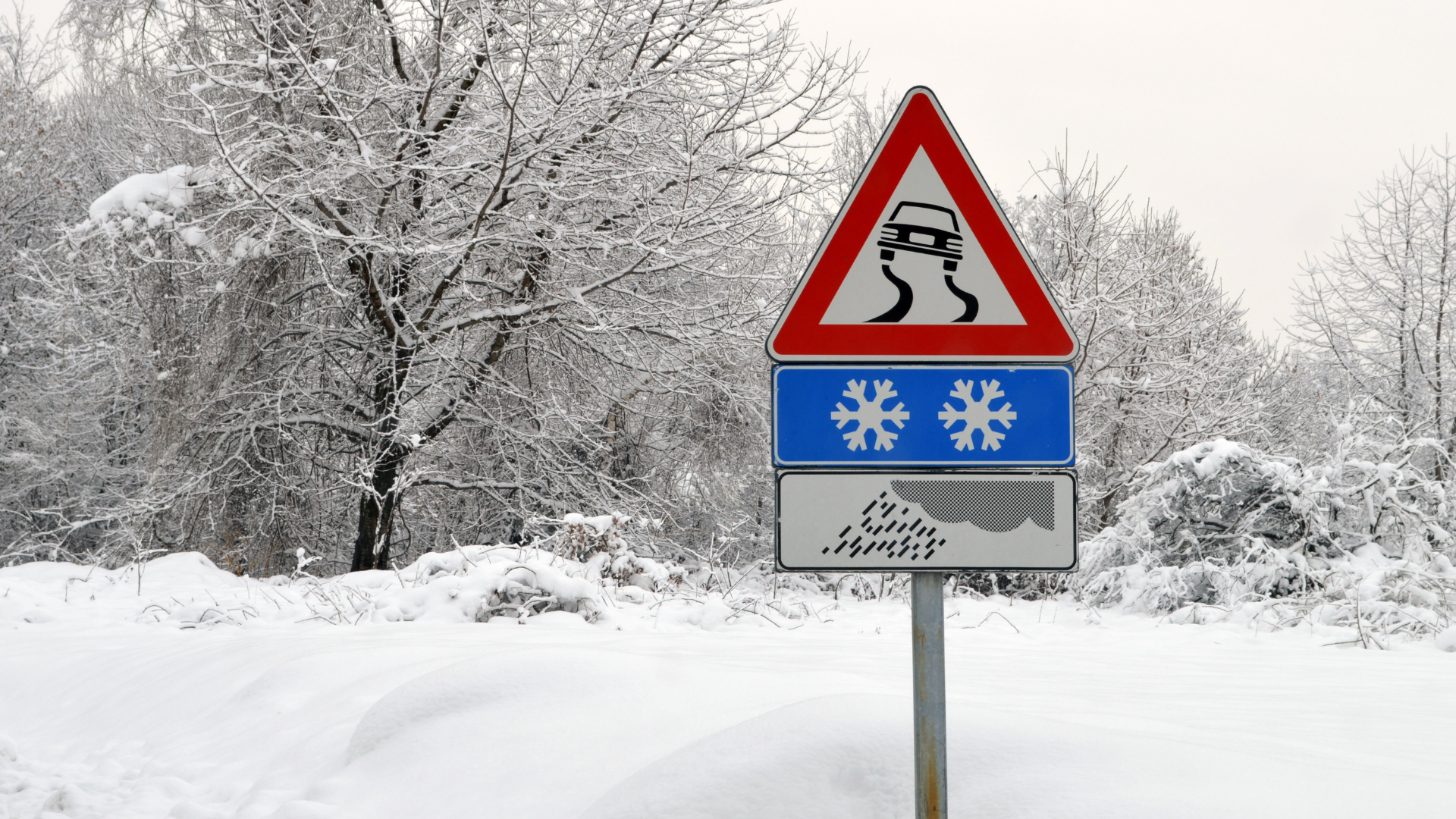
Additional Information
These are just a few things to do in an emergency. You can check out websites such as fleetcardsusa.com for a more in-depth analysis of what you should do in these instances so you remain safe on the roads.
You need to be aware of your surroundings at all times
No matter where you are driving, whether it be on the highway or residential roads, you have to be aware of where you are and how you are driving. Kids can jump out behind parked cars, people can open their car doors at a moment’s notice and drivers can swerve into your lane when driving. Do not just look at the road ahead but around you too so you are not missing potential incidents that could have been avoided.
You need to practice, practice, practice!
Finally, but most importantly, practice your driving skills. Take the advice of drivers who have been doing it for a while, whether that be friends or family like your parents. They know how to drive a car and have a lot of experience driving, so taking their advice would be advantageous in helping you become a good driver.
Family support
It can be a lot of money to practice with a driving instructor, so ask your parents if you can go out with them when possible. Speak to them about various road situations you may come across and listen to what they have to say about how to be in control. You may be nervous at the start but those nerves can help you become more focused on the task at hand. You will become a competent driver with practice and determination.
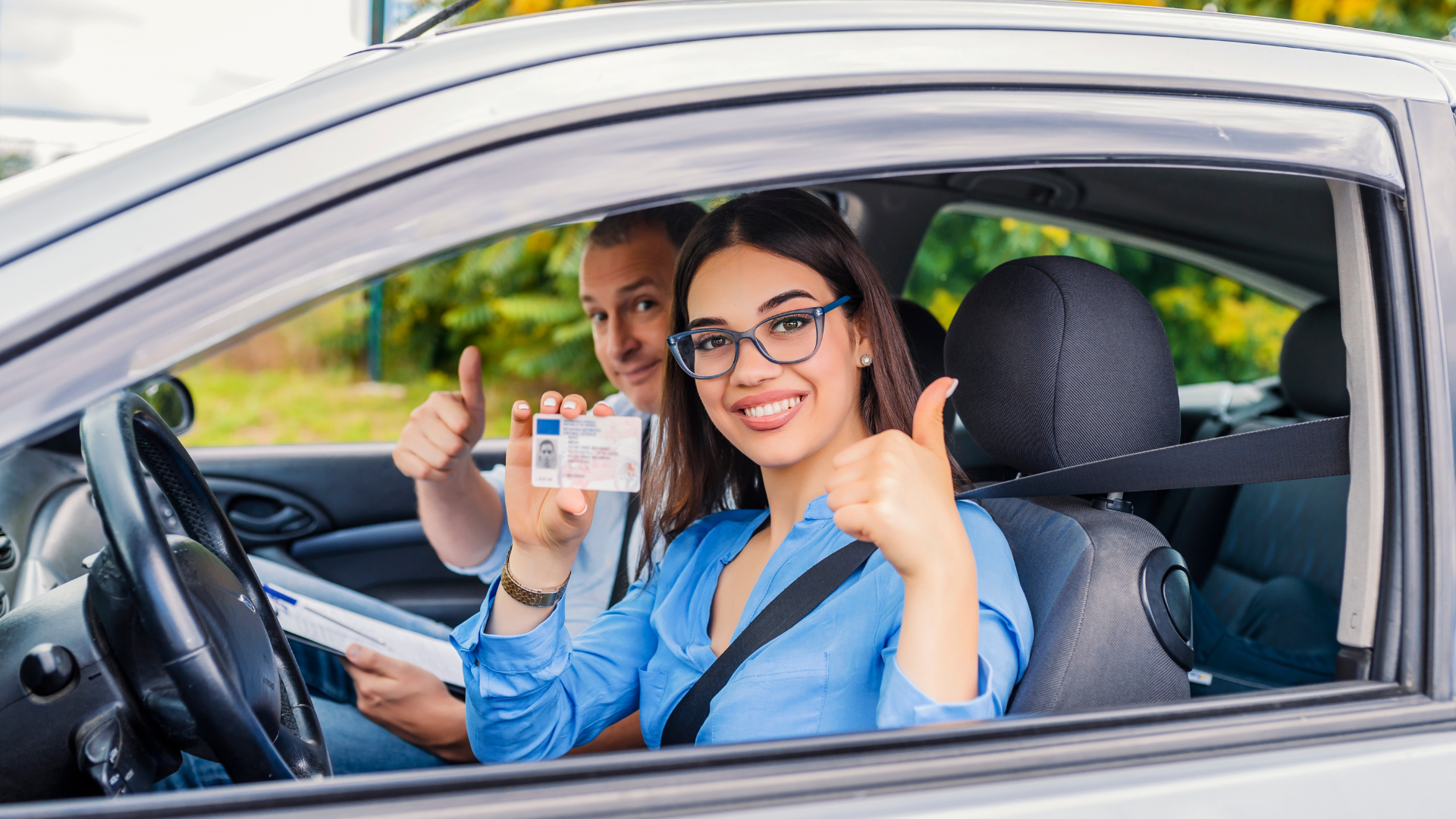
Conclusion
Learning to drive can be a great way to explore the world and discover new possibilities. Just make sure you’re prepared before you get behind the wheel. Good luck!

